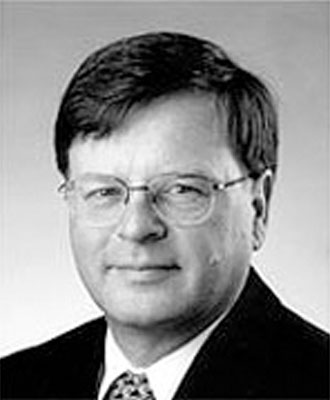Abstract
Over the last decades enormous strides have been made to understand the relations between the physical properties of reservoir rocks and their geophysical signatures -- the science now known as Rock Physics. We have gradually discovered more and more order in relations that once appeared disappointingly scattered, for example, velocity vs. porosity, porosity vs. permeability, Vp/Vs vs. saturation and lithology.
Rock Physics models now allow us to quantify many of the elastic and inelastic signatures of rocks in terms of the rock composition, pore and grain texture, fluid saturations, and stress. However, even with these advances, we always have many more reservoir parameters than independent seismic measurements -- even with shear wave-related attributes like AVO and Elastic Impedance.
A powerful strategy for minimizing the resulting interpretation uncertainty and risk is to develop means to quantify and incorporate geologic constraints into the Rock Physics models. We do this by modeling seismic amplitudes in terms of sedimentary parameters that control reservoir quality, and that also are consistent with the conventional geologic interpretation. Textural parameters that impact both reservoir quality and elastic (seismic) signatures include mineralogy, grain size, sorting, cement, and shaliness. Hence, these are the key parameters linking the depositional processes and their seismic signatures.
In this presentation we will discuss how depositional and post-depositional processes in various geologic settings can be related to velocity, density, and Vp/Vs ratio. An array of robust models including elastic bounds, contact theory, and empirical relations, allow us to quantify and predict seismic signatures associated with plausible geologic trends.
Some of the keys have been to explore effects of pore pressure, stress, temperature, clay content, compaction, fluid type, and saturation.
Biography
Gary Mavko received a B.S. in engineering physics from Cornell University, and an M.S. and Ph.D. in geophysics from Stanford University. He spent six years at the U.S. Geological Survey in Menlo Park, California. In 1984, he joined Entropic Geophysical, a seismic processing contractor, as a research geophysicist and eventually became Entropic's vice president for Research. Dr. Mavko returned to Stanford University in 1989 where he is an associate professor in the Department of Geophysics and co-director of the Stanford Rock Physics and Borehole Geophysics Project. His research and teaching interests include understanding the physical role of pore fluids on seismic velocity and attenuation and developing processing and interpretation techniques for both reflection and crosswell seismic data. His current focus is to develop ways for rock physics knowledge to help bridge the gaps between seismic methods, interpretation, reservoir flow simulations, and geostatistics.





